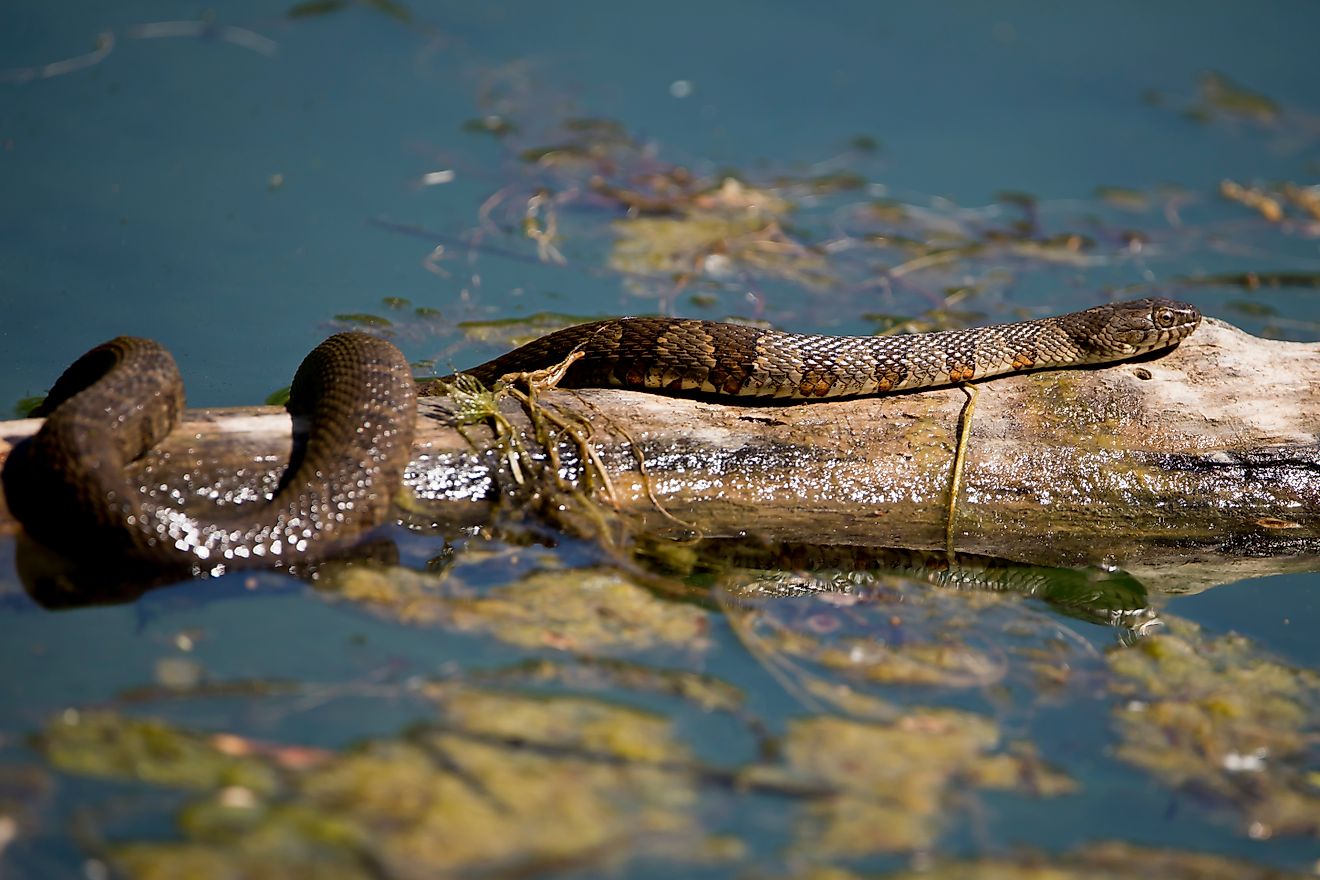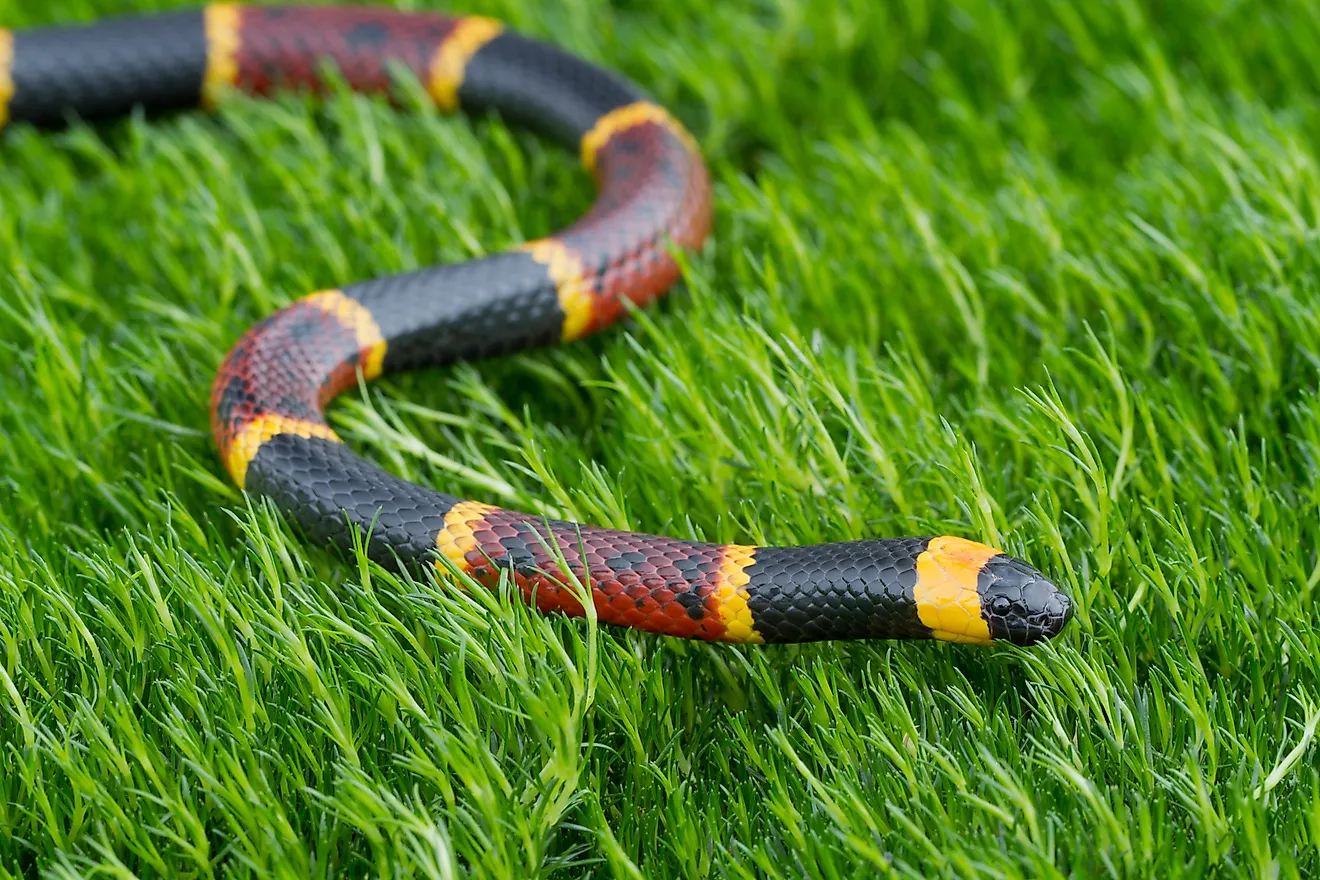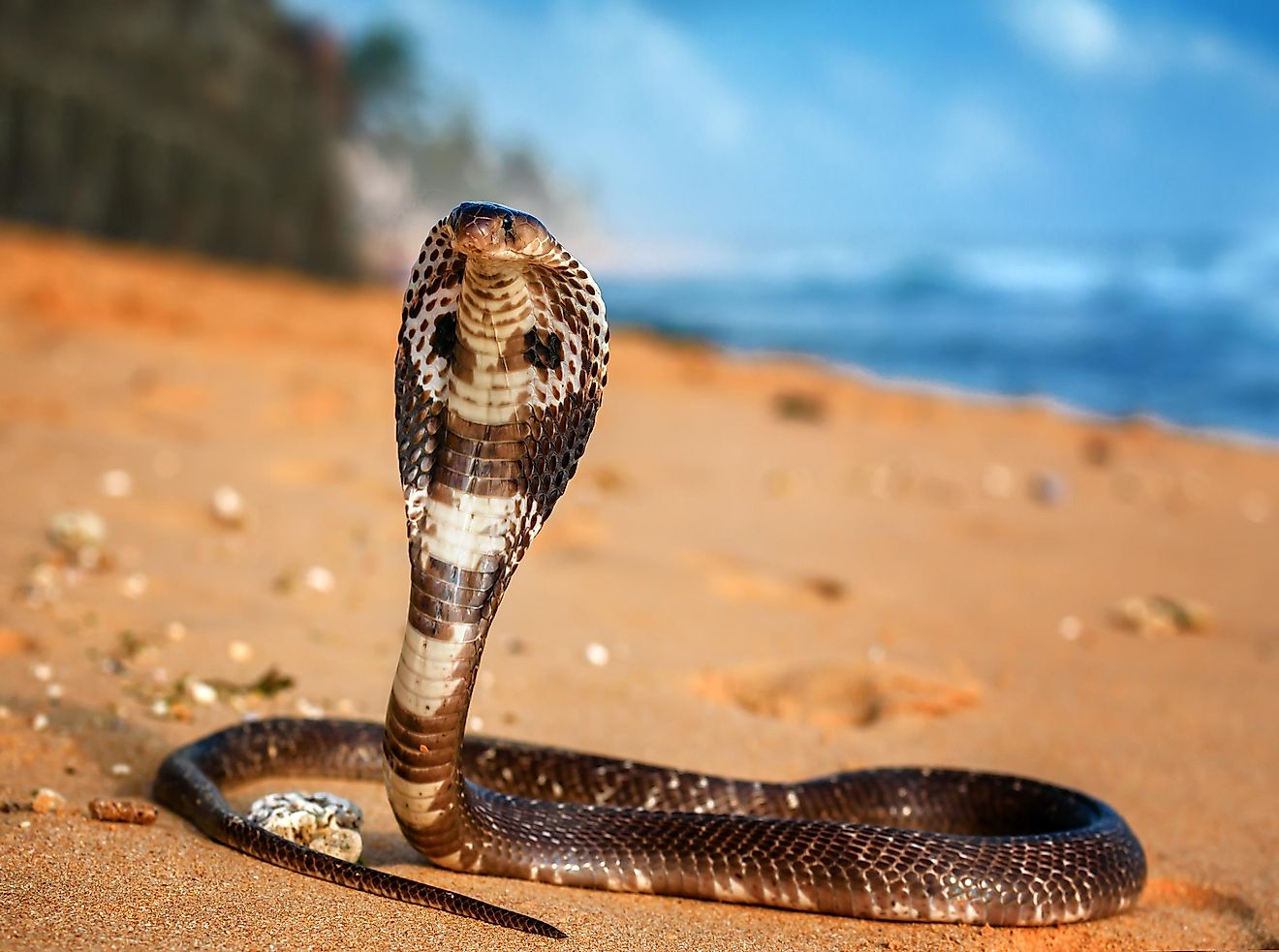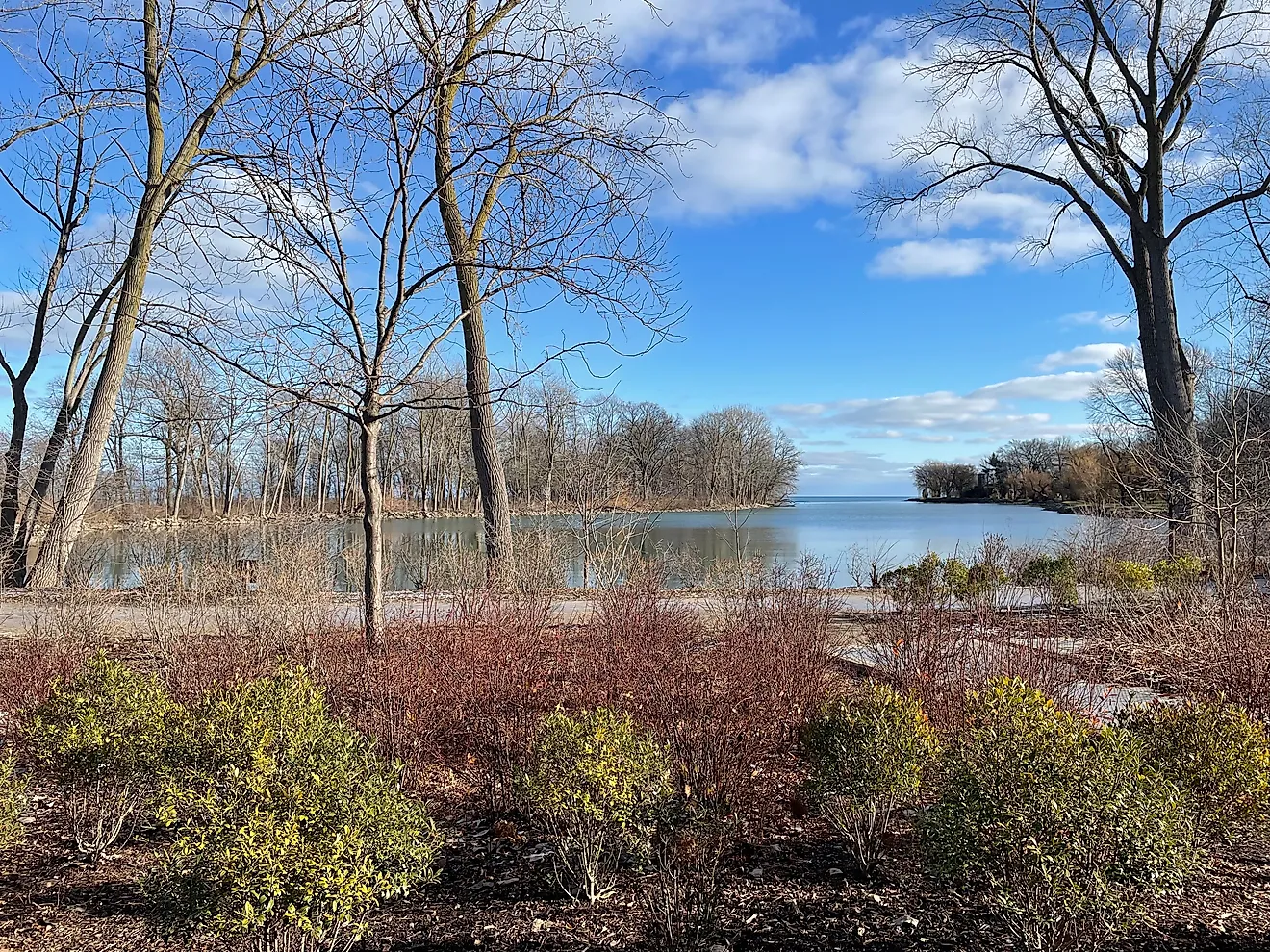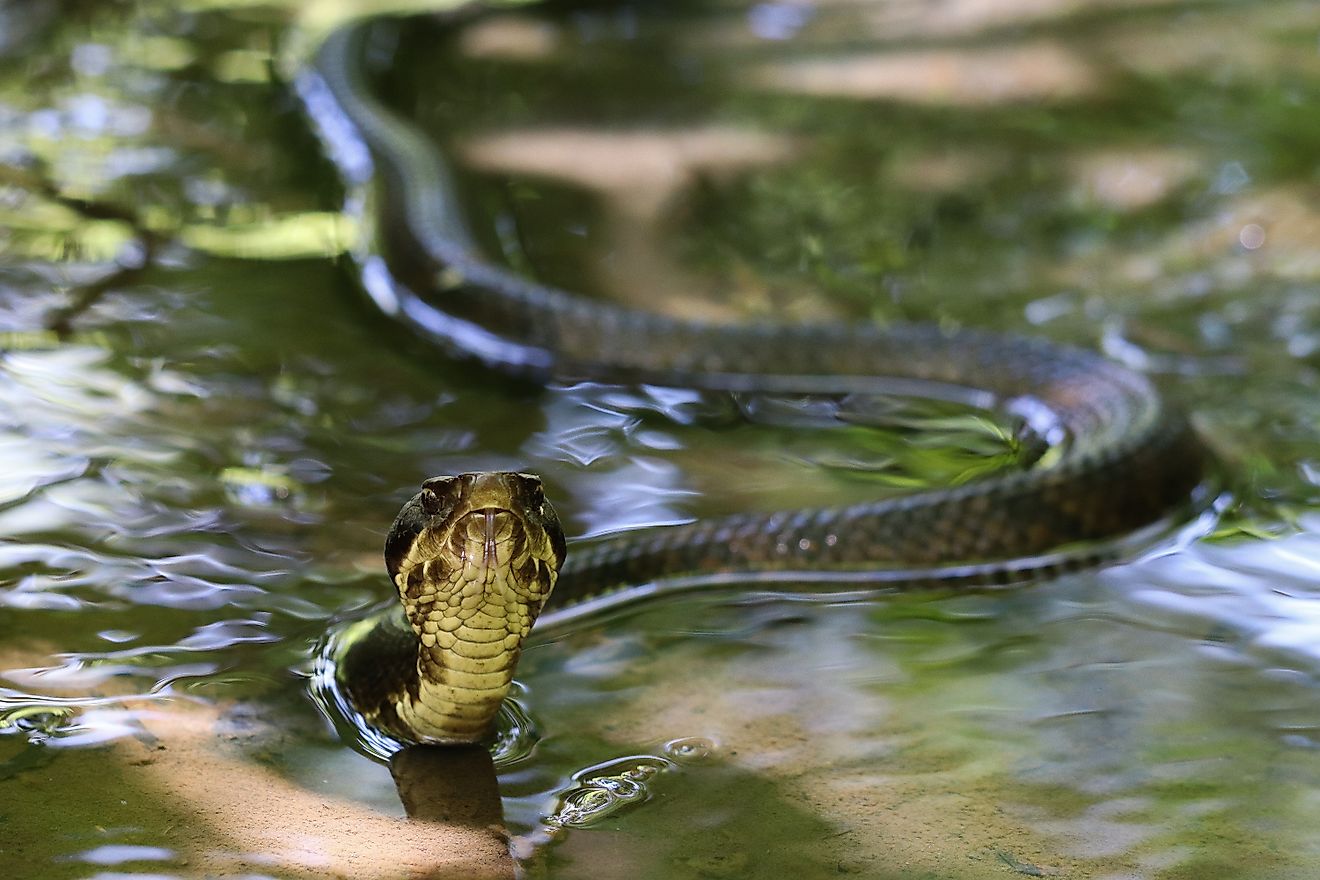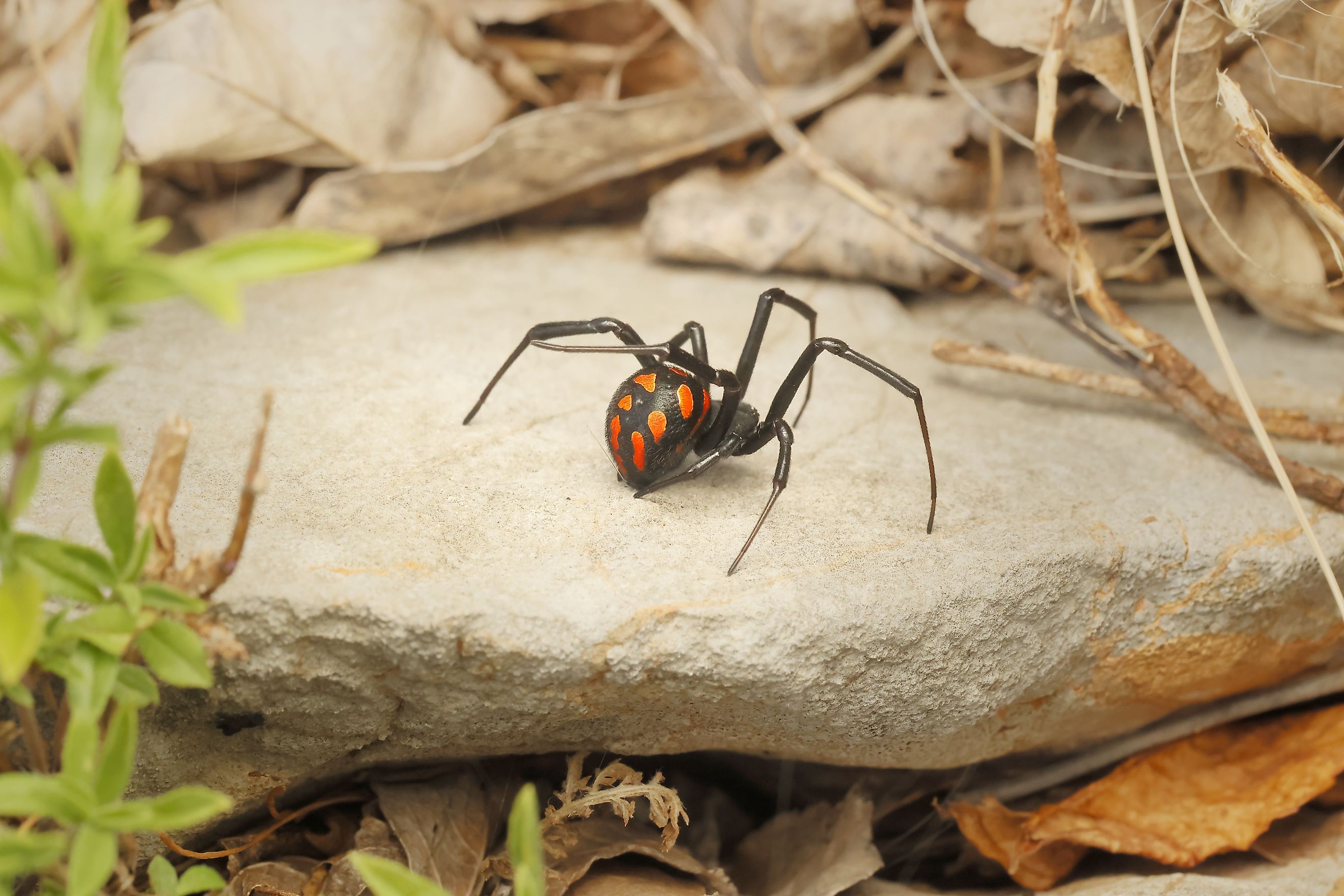
4 Most Venomous Spiders in Arkansas
Whether you’re planning a trip to Arkansas or live there, it’s good to know if you’re likely to encounter any dangerous local wildlife.The state is home to several venomous spiders that pack a nasty bite. While the danger is real, it’s important not to let that stop you enjoying your adventure. Knowing where these spiders are found, how to identify them, and what to do if you’re bitten will help you stay safe during your trip. Read on for a guide to Arkansas’ venomous spider species so you can reduce your risk of encountering a critter and concentrate on the things that matter — exploring the many wonderful attractions of the Natural State.
Northern Black Widow (Latrodectus variolus)
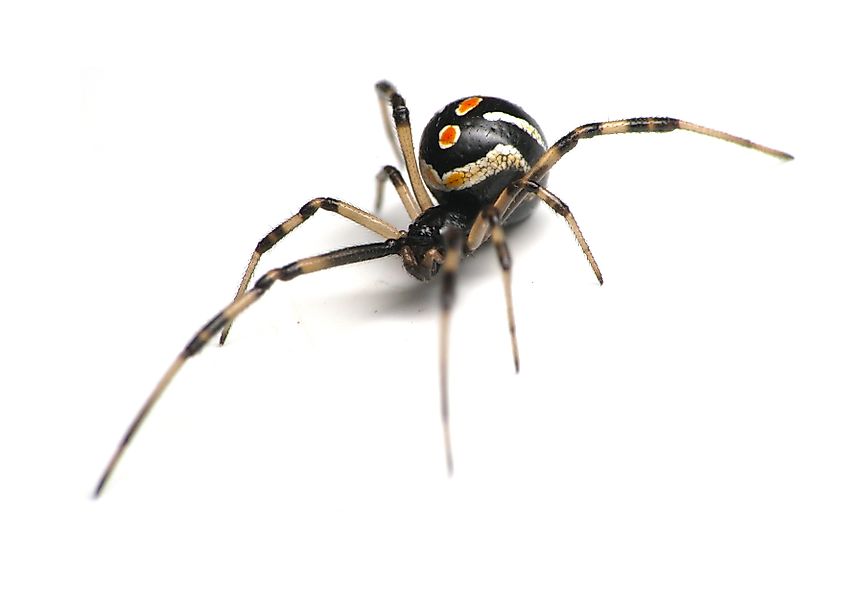
Black Widow spiders are the best-known venomous spiders and have a fearsome reputation thanks to their highly toxic bite. The venom from one of these tiny spiders is 15 times more toxic than that produced by a prairie rattlesnake and can cause muscular spasms, cramps, seizures, chest pain, and vomiting. Severe symptoms can appear within 30 to 60 minutes of being bitten, starting with pain at the bite site and gradually worsening. Bites typically look like two small, red pinpricks.
The Northern Black Widow is found throughout Arkansas. They have black, round bodies with a distinctive red hourglass-shaped marking on their abdomen. Females are typically 0.5 to 1.5 inches long, males are smaller and have lighter colored markings which are sometimes just red or white dots on their abdomen instead of the telltale hourglass.
Despite their scary persona, Black Widows are not aggressive by nature and only bite when feeling threatened. They prefer to be left alone, spinning their webs in dark, sheltered corners such as woodpiles, leaf piles, outbuildings, and crawl spaces. Be careful when reaching into dark spots as spiders may rush out to bite when their webs are disturbed.
If you’re bitten by a Black Widow, try to confirm identification of the spider then clean the area thoroughly. If the bite is on the leg or arm, tie a bandage firmly above the bite to slow the spread of venom. Apply ice or a cold pack to the bite and seek medical attention. Typically treatment involves administering antivenom medication. Bites can be extremely painful but are usually not fatal in healthy individuals.
Southern Black Widow (Latrodectus mactans)
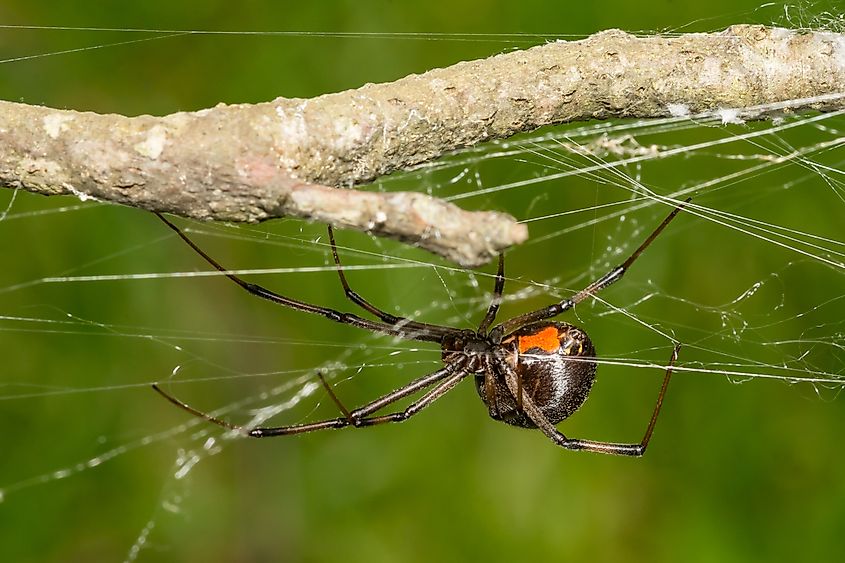
Southern Black Widow Spider - Latrodectus mactans.
The Southern Black Widow is the second of Arkansas’ Black Widow species. They are very similar to their northern counterparts but, if you look closely, there is one way to tell them apart. In the Southern Black Widow, the top and bottom parts of the hourglass on their abdomen are almost always connected. In the Northern Black Widow, the hourglass is split into two separate dots.
As with Northern Black Widows, Southern Black Widows make their webs in sheltered spots such as old barns, basements, sheds, woodpiles, and other areas where they can nest undisturbed. If you see a web in these areas, don’t be tempted to brush it aside, even with a stick or wearing gloves. Black Widows are known to rush out to investigate threats and can easily run up a stick or across a glove to reach exposed skin.
If bitten by a Southern Black Widow, it's important to seek medical attention immediately. Initially, the bite may feel like a pinprick, but pain typically develops within a few hours and can spread to the abdomen, back, or chest. Symptoms may include muscle cramps, nausea, sweating, rapid heart rate, and difficulty breathing, particularly in vulnerable individuals. While antivenom is available for severe cases, treatment usually focuses on pain relief and managing symptoms with muscle relaxants and supportive care. Most healthy adults recover fully, but symptoms can last from a few days to several weeks, making prompt medical care essential.
Brown Widow (Latrodectus geometricus)
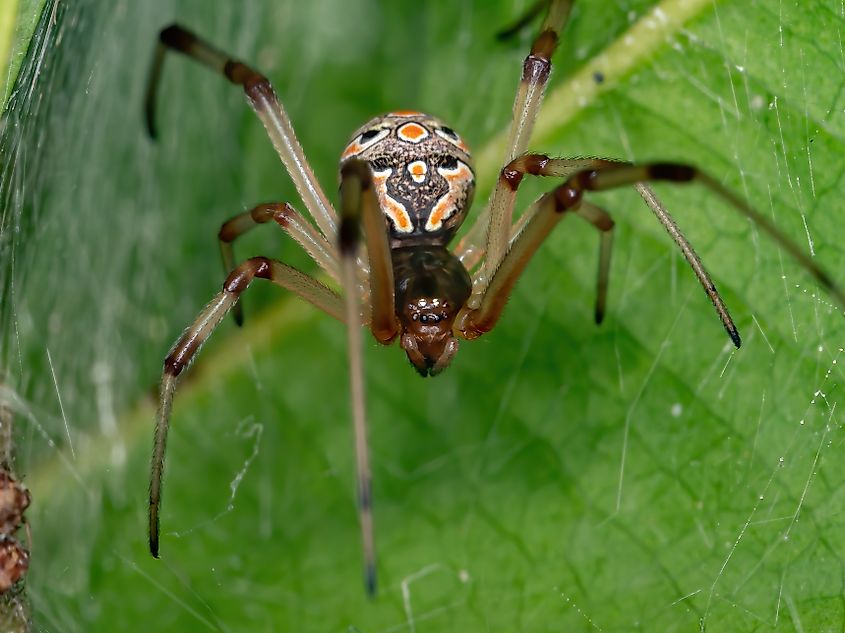
Brown Widow of the species Latrodectus geometricus.
Brown Widow spiders are not as venomous as Black Widows but their bite can still cause severe pain and, in some cases, nausea and muscle pain. Smaller and lighter than Black Widows, they share the hourglass marking but in Brown Widows, this is a yellow or orange color. The spider’s body ranges from tan to dark brown.
Brown Widows are not native to the United States but have thrived in the warm climates of southern states such as California, Texas, and Arkansas. People are more likely to encounter Brown Widows than Black Widows since they prefer slightly more exposed locations such as wooded areas, empty pots, outdoor furniture, and woodpiles.
Bites are usually not as intense as Black Widow bites and can be easily mistaken for other insect bites. If painful symptoms do appear and worsen, seek medical attention.
Brown Recluse (Loxosceles reclusa)
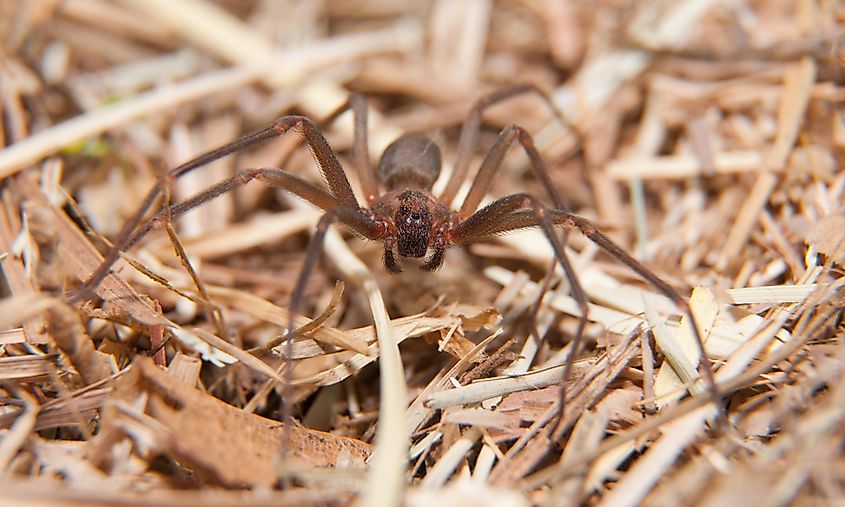
Brown Recluse, a venomous spider in dry winter grass.
The Brown Recluse Spider, is a medium-sized, long-legged venomous spider native to the United States. They are generally 0.25 to 0.5 inches long with inch-long legs and males are slightly smaller than females. This spider is fairly unremarkable looking, with a tan/brown body and no obvious markings. When indoors, they spin webs in undisturbed corners that follow the classic cobweb shape. Outdoors, they spin a tube or cocoon to protect them during winter.
As the name suggests, Brown Recluse Spiders are shy. They are active at night but prefer to hide out of the way during the day. Most bites happen from June to October when the spiders are moving to find a mate. Bites can feel like a small sting but often people don’t feel the full effects for a few hours after. The bite might blister, swell, and become painful two to eight hours later. Bites can cause fever and intense pain. The spider’s venom also has a necrotic effect, damaging the tissues around the bite to leave a slow-healing puckered scar about the size of a half dollar. In very rare cases, Brown Recluse bites have caused systemic reactions such as kidney damage. If you’re bitten by a Brown Recluse, clean the area, apply a bandage above the bite, press a cold cloth or ice to the site, and seek medical attention.
Staying Spider Safe
Spider bites are rarely fatal and most interactions with spiders in Arkansas are nothing to worry about. If you do suspect you’ve been bitten, pay close attention to your symptoms and, if in doubt, seek medical attention. As with most wildlife encounters, the best protection is prevention. Be aware of your surroundings if you’re staying somewhere with dark corners and sheltered areas. Be cautious reaching into any crevices, holes, or cracks. If you do see a web, look out for its owner and try to identify them before disturbing them. Above all, don’t let fear of creepy-crawlies ruin your vacation. They may not be the friendliest of Arkansas' residents but, spiders aside, you’ll get a warm welcome everywhere else in the state!




